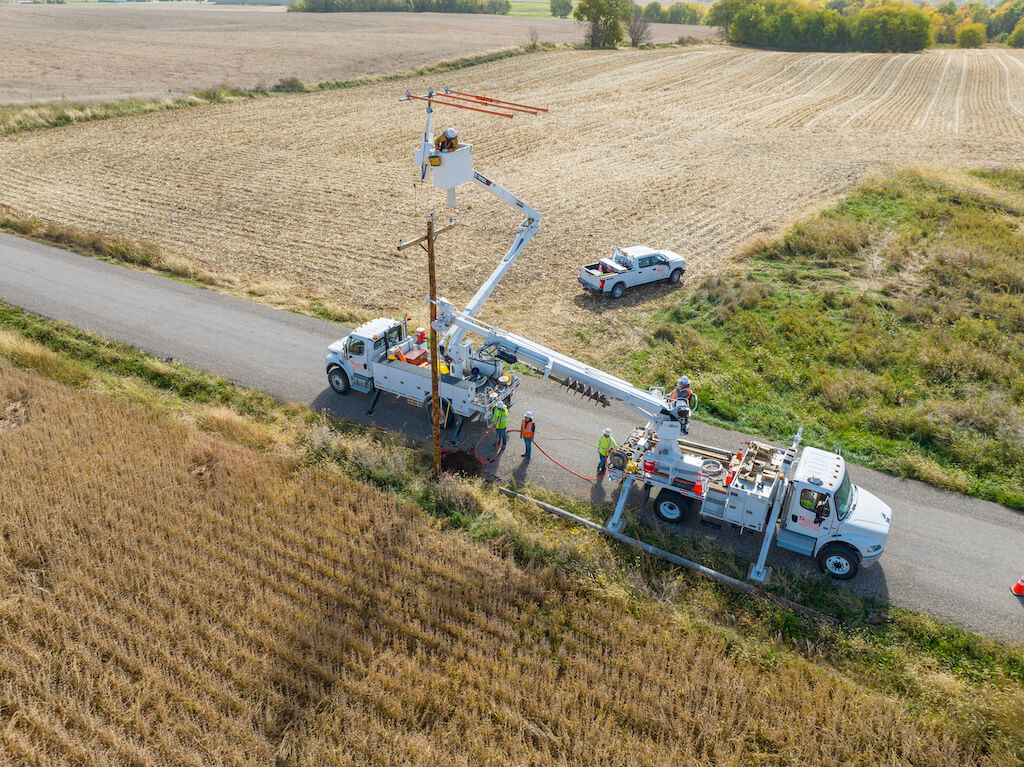All GIS projects start with data, and lots of it. Geographic information systems (GIS) relies on understanding the relationship between a location and its context – both social and environmental.
GIS project managers use geospatial data to access risk, create models, and plan complex projects. These professionals then oversee the completion of the product, ensuring it meets all project goals and stays within the project scope.
Being a GIS project manager is complex. They must deal with many moving parts, project teams, and team members. They are in charge of creating the plan for the project, workflows, timelines, managing budgets, and keeping clients up to date.
The Job of Project Managers
Project managers as a whole can be found across many different fields. Between fields, there are many similarities in overall job function. The Project Management Institute (PMI) is a great source for standards and resources and sets the industry standard for project management. Project managers use a combination of knowledge, skills, tools, and techniques to a project to meet the expectations of a stakeholder.
Similar to other project managers, GIS project management has a project lifecycle that happens in several stages. Each step is critical to the completion and success of a project.
Step 1: Initiation
In the first step of project management, the project manager creates and outlines the strategy and approach. It includes building a framework that will guide the entire project.
From zoning, to regulations, to design specs, and resourcing, GIS managers must take everything into account and forecast potential problems that may arise during the project.
Step 2: Planning
After the overall outline and strategy are created, the project manager creates a detailed plan. This plan should include a breakdown of every task with an outline of the workflow process.
It is extremely important that these plans are extremely detailed. They should include breakdown of work, milestones, risks, and resourcing.
Step 3: Execution
After careful planning, the completion of the project can begin – this is called the execution phase. The assigned project manager supervises crews and the completion of the work.
A good project manager has excellent communication skills, as they must be able to communicate clearly with all team members and stakeholders involved with the project. This includes when benchmarks are met, when delays happen, and more.
Step 4: Monitoring
After the project starts, it must be constantly monitored and controlled. Complex projects in the GIS field, such as land development projects, often encounter some problems along the way.
An attentive project manager watches out for any delays and ensures they have as little impact on the project as possible. With careful monitoring, issues can be found before they occur and the project team can adapt as needed and plan to avoid going over budget or over the set timeline.
Step 5: Closure
The final part of the project lifecycle is closure. Before full closure of the project occurs, the project manager acts as quality control to ensure all benchmarks are met. After completion, the project manager reviews feedback and how the project went, analyzing the entire project to see where the project succeeded and what improvements can be made for future projects.
Project Management in GIS
GIS projects are data-driven. That being said, a project manager in GIS must understand data collection and data analysis of said data. In order to effectively manage a project, the manager must be able to outline the problem the project will solve and prioritize objectives.
Once they find the desired outcome, they must figure out what spatial analysis is needed and oversee the entire data collection process. Using field data collection software and project management software can greatly help this process. OpSource has a variety of different services that can be utilized to greatly enhance this process and digitize findings from the GIS analysts.
After the data is collected accurately, the project manager can analyze the data to plan the project. This could include what order the work needs done, the location, what type of work needs to be done, and more. GIS project management is extremely complex. With OpSource’s suite of software, streamline your workflows and complete projects more efficiently.
How Does OpSource Fit In?
Our software allows for easy visualization of projects and lets teams work cross-functionally. In addition, our software allows for data collection in real-time, leading to increased productivity and better access to data across all teams.
Data can be exported into easy-to-read reports and standardizes the data collection process. With OpSource, complete your projects on time and on budget. Contact us today to learn more.



